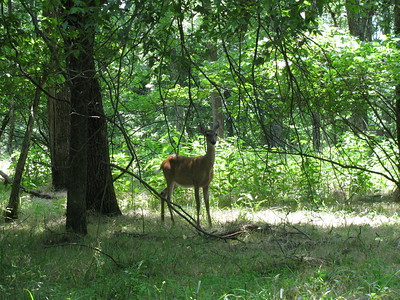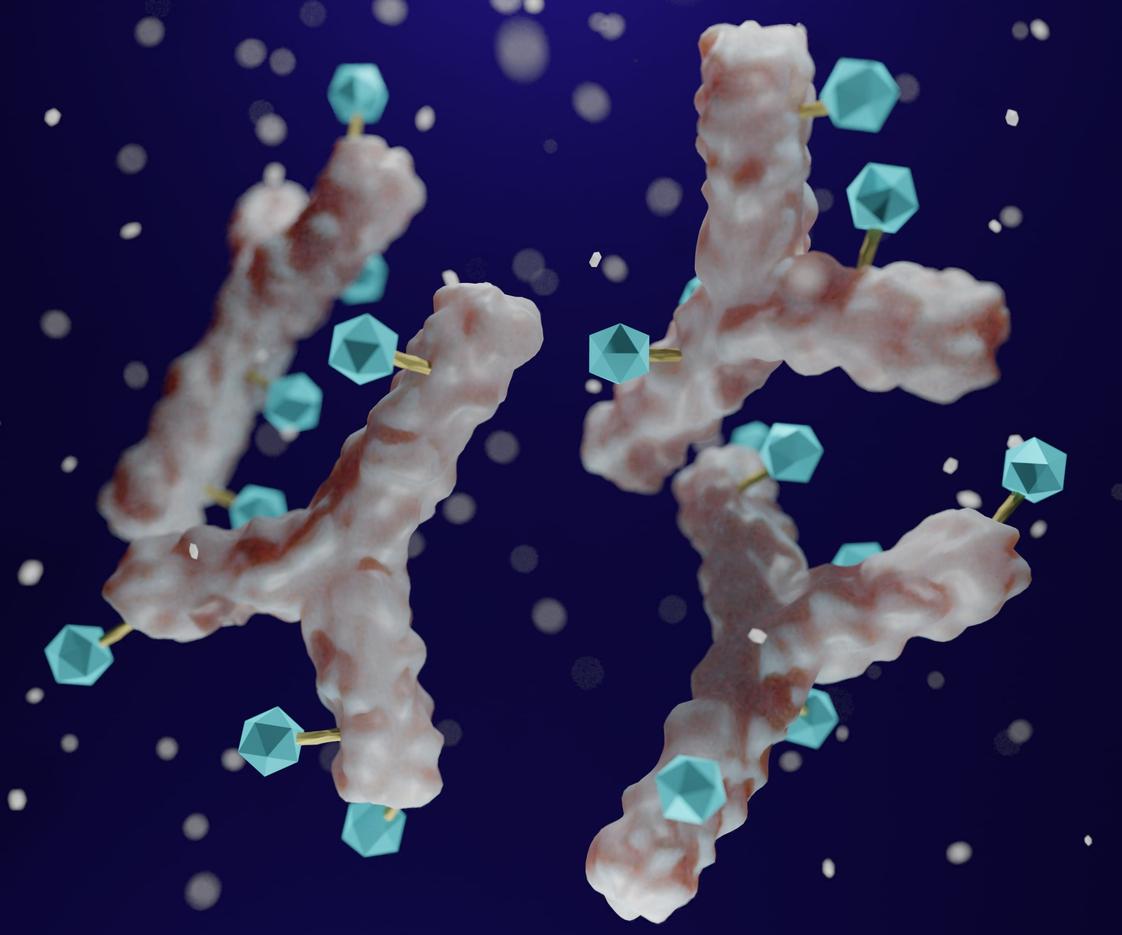
Chronic wasting disease (CWD) testing after a recent reduction of the white-tailed deer herd at Manassas National Battlefield Park has revealed a case in the Prince William County, Virginia, part of the park, according to a news release from the National Park Service (NPS) yesterday.
The deer was the first detection of the fatal neurologic disease in the park.
"Manassas National Battlefield Park and other national parks in the area reduce deer populations to protect and restore native plants, promote healthy and diverse forests, and preserve historic landscapes," the NPS said. "Washington, D.C., Maryland, Virginia, and West Virginia national parks conducting deer reduction operations participate in CWD monitoring programs for wildlife health."
A rapidly spreading illness
Results from these parks were negative for CWD until 2024, when deer at three nearby national parks in Maryland and West Virginia—Antietam National Battlefield, Monocacy National Battlefield, and Harpers Ferry National Historical Park—tested positive.
The NPS will continue to participate in monitoring of collected deer for CWD and will destroy venison testing positive for CWD, according to NPS guidelines.
"The NPS will continue to participate in monitoring of collected deer for CWD and will destroy venison testing positive for CWD, according to NPS guidelines," the news release said.
CWD, which affects cervids such as deer, elk, and moose, is classified under the umbrella of transmissible spongiform encephalopathies, which are caused by prions, or infectious misfolded proteins that can persist in the environment for years.
The disease was first identified in 1967 in a mule deer at a Colorado research facility and was subsequently detected in a wild elk in 1981. Since that time, CWD has been found in 36 US states, five Canadian provinces, Finland, Norway, South Korea, and Sweden.
.jpg)













